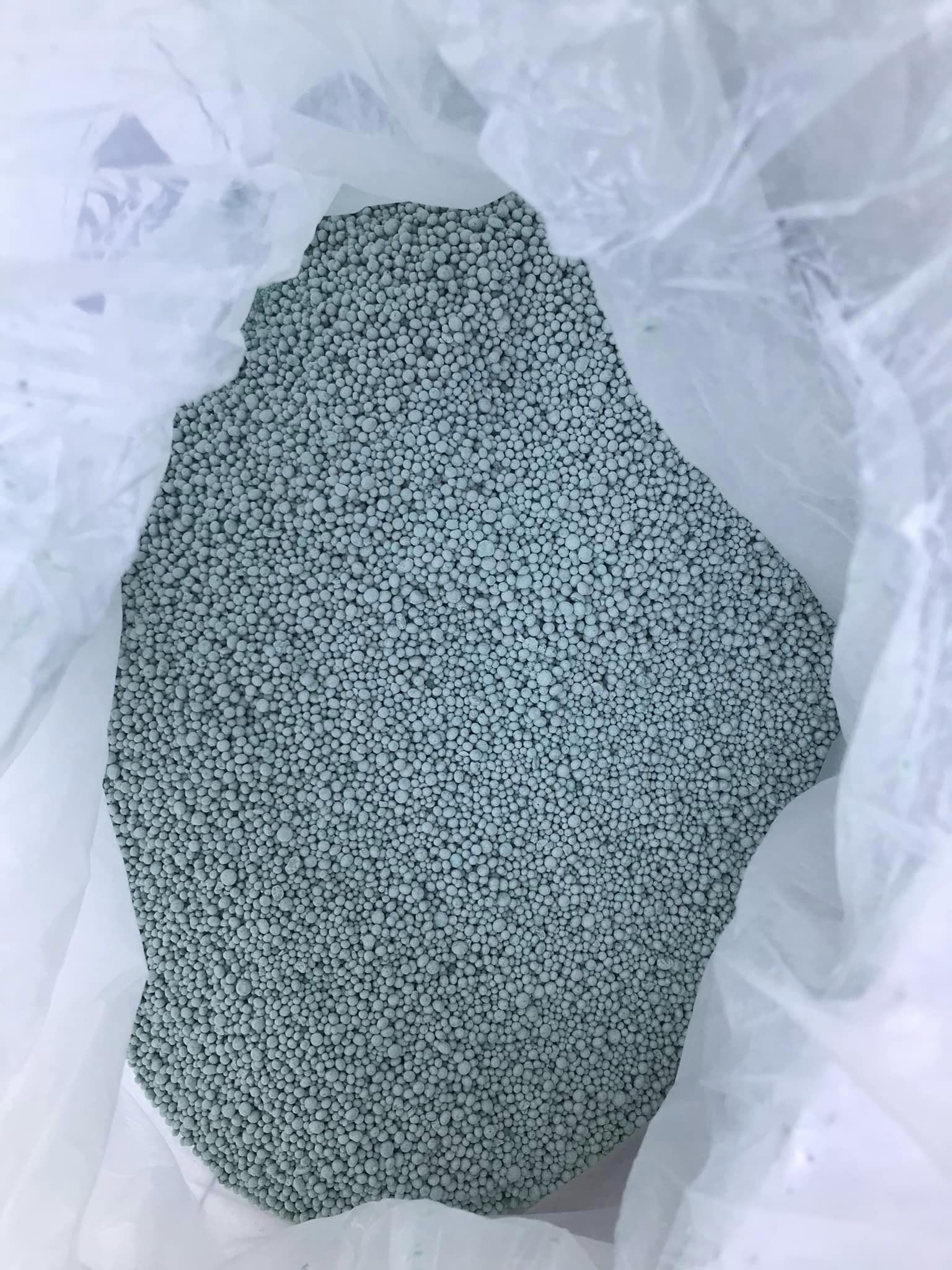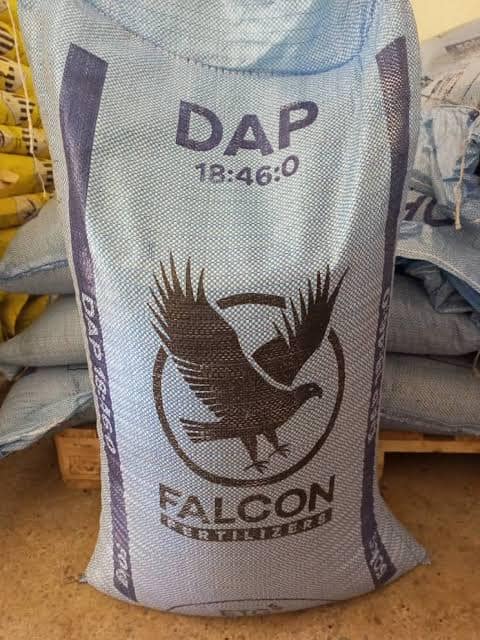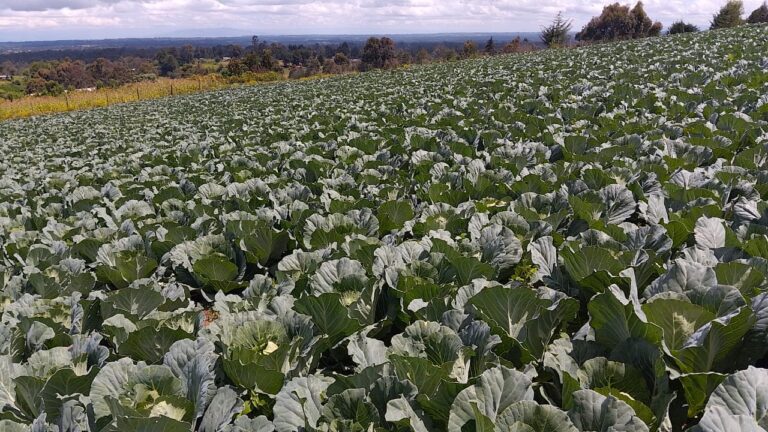Broadcasting Method of Fertilizer Application: Advantages and Disadvantages
Broadcasting refers to the application of fertilizer uniformly over an entire field or planting area. It is one of the most common methods of fertilizer application for field crops, forages, lawns and other extensive plantings.
This article provides an overview of fertilizer broadcasting, its advantages and limitations, best practices, and situations where it is a suitable fertilizer application strategy.
What is Broadcast Fertilizer Application?
In the broadcasting method, fertilizer is spread evenly over the soil surface either by hand or using mechanical spreaders. It may be applied before planting crops by broadcasting on the soil surface and incorporating through tillage.
Or fertilizers can be topdressed on the soil surface of established plantings like hay fields and lawns.
Common fertilizer grades applied through broadcasting include urea, ammonium nitrate, ammonium sulfate, triple superphosphate, muriate of potash etc.
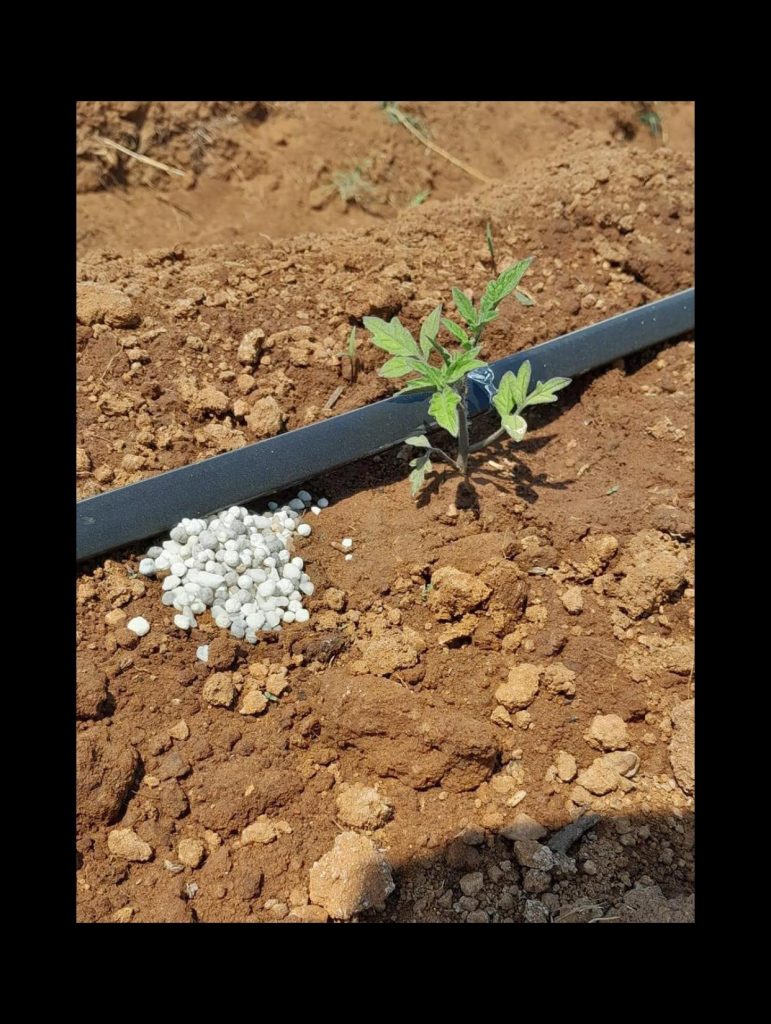
The main types of broadcast fertilizer application include:
- Broadcasting before planting and incorporating through tillage
- Topdressing on established crops by surface spreading without incorporation
- Aerial broadcasting using aircraft for remote or extensive areas
Advantages of Broadcast Fertilizer Application
1. Uniform fertilizer distribution
Broadcasting spreads fertilizer evenly over the entire soil surface. This allows plant roots throughout the field to access applied nutrients.
2. Suitable for large areas
It is the most feasible method for fertilizing large fields, extensive crops, forests, pastures etc. where fertilizer placement near individual plants is impractical.
3. Requires basic equipment
Simple hand-held or pull-behind spreaders can efficiently broadcast fertilizer for small areas. Large capacity spin spreaders or aerial equipment can cover extensive acreage.
4. Time and labor savings
Broadcasting is relatively quick and does not require specialized labor. It avoids the time for band or row application around individual plants.
5. Flexibility in timing
It allows fertilization well in advance of planting or as topdress on established crops.
Disadvantages of Broadcast Fertilizer Application
1. Potential nutrient losses
Broadcast nutrients like nitrogen and sulfur are prone to losses through leaching, denitrification or volatilization. Immobile nutrients may get fixed or precipitated before roots access them.
2. Lower nutrient use efficiency
As fertilizer gets spread thinly over a large area, plants are unable to absorb it efficiently compared to placement methods. Higher application rates are needed to achieve the same crop growth.
3. Increased nutrient runoff
Surface applied fertilizers are more prone to runoff, increasing the risk of off-site water pollution.
4. Weed growth encouraged
Broadcasting feeds fertilizer to weeds across the field, reducing nutrient availability to the main crop.
5. Salt damage risks
High fertilizer rates from broadcasting may burn seedlings or transplants if not properly incorporated or watered in.
6. Requires incorporation for uniformity
Non-uniform spreading and clumping risks without adequate soil incorporation through tillage.
Best Practices for Broadcast Fertilization
Some recommendations to improve nutrient availability and minimize environmental impacts when broadcast fertilizing include:
- Incorporate surface spread fertilizers through tillage to mix into top 4-6 inches for uniform distribution.
- Apply immobile nutrients like phosphorus and potassium in bands when possible to enhance efficiency.
- Use controlled release or stabilized fertilizer forms to minimize nutrient losses
- Split total nutrient applications between preplant broadcasting and in-season sidedressing/fertigation.
- Reduce application rates compared to banding/placement methods as efficiency is lower
- Avoid broadcasting on steep slopes and close to water bodies prone to runoff
- Time applications to periods of maximum plant nutrient uptake
- Combine with placement methods like banding for starter fertilization near seeds/transplants
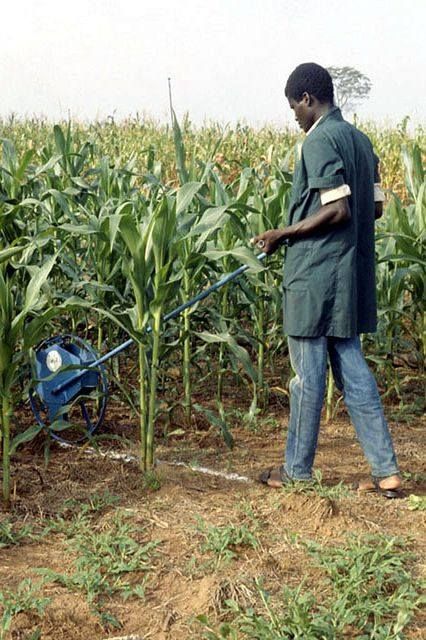
When is Broadcast Fertilization Suitable?
Some situations where a broadcast fertilizer application method is appropriate include:
- Field crops on soils with very low fertility that need extensive nutrient additions
- Extensive land areas like pastures, lawns, forests where fertilizing individual plants is impractical
- Early spring applications on cold and wet soils where banding equipment cannot operate
- Topdressing established crops, forages and turf where placement methods will damage plants
- Applying immobile nutrients like lime, gypsum, and elemental sulfur that require thorough mixing into soil
- Applying organic nutrient sources like compost and manure to improve overall soil fertility
Conclusion
Broadcast fertilizer application can be an efficient and practical method for extensive plantings where fertilizing individual rows or plants is not feasible.
When combined with best practices like incorporation, stabilized fertilizers, split applications and placement methods where possible, broadcasting provides a flexible and time-saving approach to fertilization for field crops, forages and lawns.
Careful management is required to minimize nutrient losses and pollution risks inherent to this application method.
